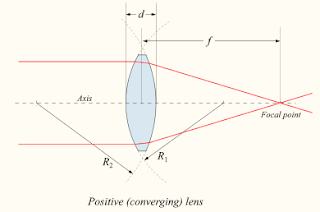Last weekend I went to Portland, Oregon, for a four-day national high school journalism conference with two friends and two teachers. Though we are constantly surrounded by physics, the City of Roses provided some excellent examples.

We happened to arrive on the day that two airlines, Horizon and Alaska, officially merged. Thus, all of the staff on the airlines were walking around the airport passing out roses that announced the merge. I set the rose down on a newsstand and was reminded of the way light affects color. The red rose petals were absorbing the green and blue portions of the white light of the sun and reflecting only red light. The green leaves and stem were absorbing the red and blue light and reflecting green light. This is an example of how the color of an object is dictated by what parts of white light it absorbs or reflects. In the picture, you can see the white light hitting the rose, and you can see the color it reflects.
At the Convention Center, a large pendulum constantly swings from side to side. It changed direction of its swing depending on the rotation of the Earth. In addition, it is a perfect example of tension. The tension in the cord allows it to hang without falling, yet it is strong enough to allow the orb to move freely. I took a short video of it so that I could post it on my next blog. Disregard the background noise. I don't know how to take it out.
Last, we went to the Market on Sunday. At the market, many street performers were displaying their talents, whether it be in music, art, or dance. A pair of boys, one about our age and one about 13-14 years old, did a drum duet of sorts on makeshift drums. The reason that their music sounded appealing instead of cacophonous is because waves pass through each other rather than interfering with each other. Using this idea, the boys could play very upbeat music without driving away their listeners. However, they probably did not realize it took such good physics to produce such a sound.
Overall, the trip was AMAZING!
 While we were waiting to perform in Advance Theater's Shakespeare Festival, my friends and I were taking pictures to help the time pass more quickly. In the photo above, several different physics concepts are pictured.
While we were waiting to perform in Advance Theater's Shakespeare Festival, my friends and I were taking pictures to help the time pass more quickly. In the photo above, several different physics concepts are pictured. 








